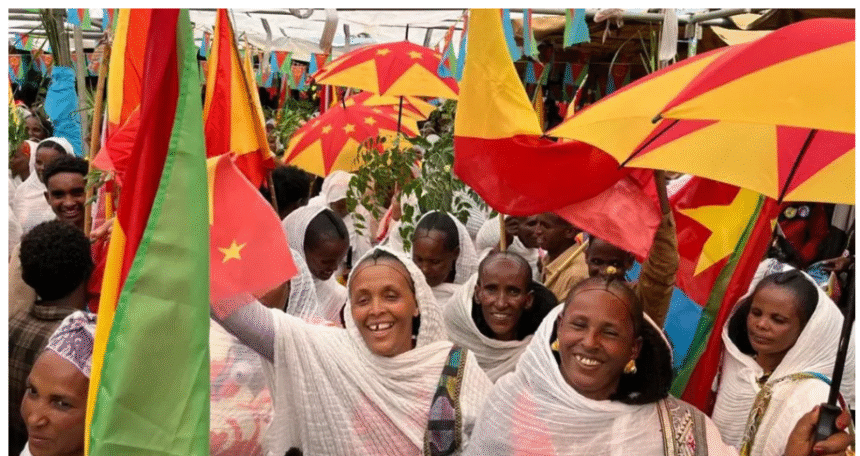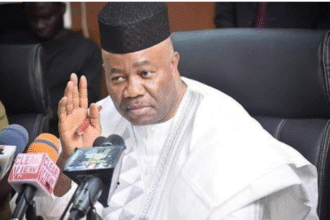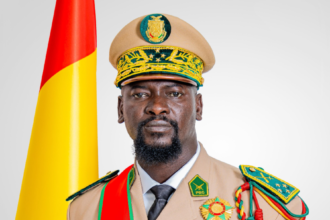By Daniel Niyongabo
ZALAMBESSA, ETHIOPIA – Jubilant scenes unfolded at the border between Ethiopia and Eritrea on Sunday as communities from frontier villages were reunited for the first time in five years, marking a powerful moment of peace and reconciliation.
The border, which had been closed since the outbreak of the conflict in Ethiopia’s northern Tigray region in November 2020 and subsequent political tensions, reopened a section in the Ethiopian town of Zalambessa. The gathering saw families and friends, separated by the militarized frontier, embrace with emotional relief amidst calls for a lasting peace.
The spontaneous reopening was organized by local activists and community figures, operating without explicit official backing from national authorities. However, organizers indicated they had the implicit approval of officials in both Tigray and Eritrea, signaling a potential grassroots shift towards de-escalation.
For five years, relatives and friends whose lives were intertwined across the international boundary had been unable to bridge the divide. The emotional reunion was a stark contrast to the hardship many in Zalambessa and surrounding villages had endured. The two-year war in Tigray, which concluded in November 2022, brought significant economic strain and social fragmentation. Thousands were displaced, with over 55,000 people now residing in makeshift shelters in Adigrat, 30km south of Zalambessa, reliant on family support.
Despite the end of the Tigray war, the border has officially remained sealed amid lingering tensions between the Ethiopian and Eritrean governments. However, on Sunday, the sentiment on the ground was clear. Chants of “Enough of the past, let’s sit at the table of peace and build a better future” echoed through Zalambessa.
Cross-border trade has also tentatively restarted, with individuals using both Ethiopian and Eritrean currencies. “As people, we want to eat, trade and attend social events as before. Their siblings are here, their siblings are there. What we need is peace,” a woman from Tigray shared with the BBC, encapsulating the deeply felt desire for normalcy.
However, the path to full recovery remains challenging. Zalambessa’s infrastructure lies in ruins, with electricity, telephone, and banking services completely destroyed. Much of this infrastructure, primarily owned by the Ethiopian federal government, will require substantial investment for restoration. Local communities and donors are slowly working to rebuild vital water, health, and education facilities.
Relations between Ethiopia and Eritrea have been fraught with tension since Eritrea’s secession over three decades ago, with the border experiencing closures for the majority of that period. A brief thaw occurred in 2018 following Ethiopian Prime Minister Abiy Ahmed’s ascent to power and a historic peace agreement with Eritrean President Isaias Afwerki, an accord that earned Abiy the Nobel Peace Prize. Yet, the Tigray conflict significantly derailed this progress.
“I am confident that the peace and reconciliation we started today will continue to grow,” stated Nebiat Woldegergis, who journeyed from Senafe, Eritrea, to attend the ceremony. Amleset, a mother who had fled Zalambessa for a refugee camp in Adigrat five years prior, expressed her profound joy: “Today I came to see my locked house. From now on, I will return with my children and continue living on my land.”
Locals recounted the pain of families torn apart by the conflict. Representatives from both communities declared that “peace and reconciliation has begun,” urging residents to return home and rebuild their lives.
Despite the palpable hope and the emotional reunions, significant hurdles persist. Looted property, destroyed homes, and the absence of essential services continue to hinder the resettlement of thousands of displaced families. The long-term implications of this local border reopening and whether it will translate into a broader governmental reconciliation between Ethiopia and Eritrea remain uncertain.









